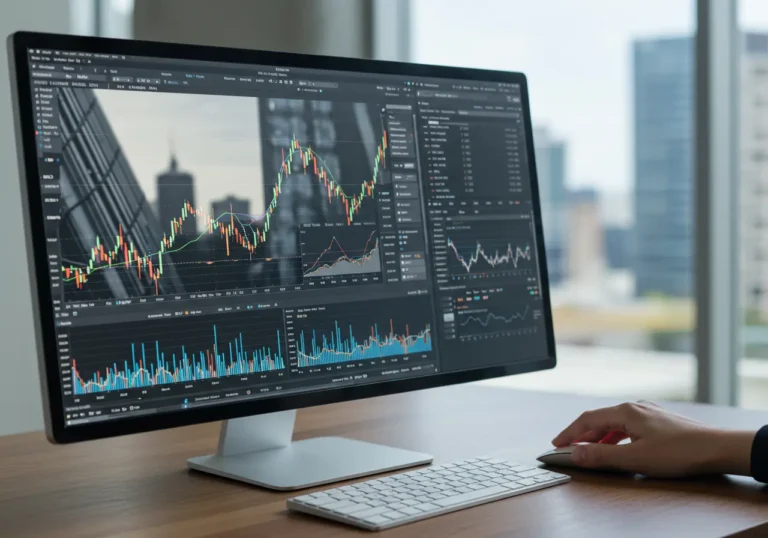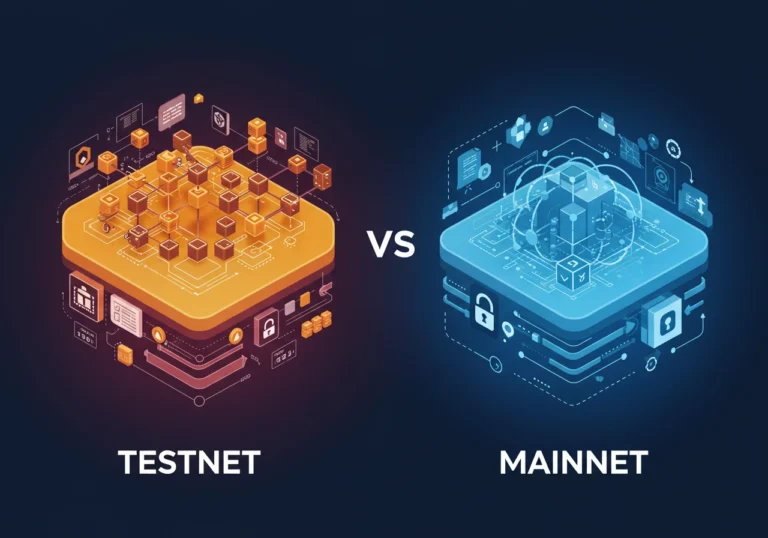Crypto Malware: How to Protect Your Digital Assets from Silent Threats
What Is Crypto Malware and Why Should You Care?
Crypto malware is malicious software designed to steal or manipulate cryptocurrencies. It can drain wallets, hijack your computer to mine coins, or even lock your files until you pay a ransom.
If you’ve ever wondered how to detect crypto malware, here’s the truth: it often hides in plain sight. You might notice slower performance, strange network activity, or unexpected pop-ups. But sometimes, it leaves no clue at all until the damage is done.
The Different Faces of Crypto Malware
1. Ransomware That Targets Your Wallet
Some malware encrypts your files and demands payment — often in cryptocurrency — to unlock them. These are crypto malware ransomware solutions you’ll want to avoid needing.
2. Mining Malware
Your device works overtime, but not for you. Instead, it mines cryptocurrency for the attacker. It’s like someone plugging into your electricity without asking.
3. Wallet Stealers
These go straight for your private keys. Once they have them, your coins are as good as gone.
Crypto Malware Prevention Techniques That Work

The best defense is to make it as hard as possible for attackers to get in.
Here’s how to keep them out:
- Keep your software updated — Old software is like an open window.
- Use multi-factor authentication — Even if someone gets your password, they still can’t log in.
- Backup your wallets — This makes crypto malware data recovery services less painful if something happens.
- Be careful with downloads — That “free mining tool” might be a trap.
Spotting the Signs Early
Learning how to detect malware can save your assets. Watch for:
- Sudden system slowdowns
- Overheating devices
- Unknown programs running in the background
- Unexpected network usage
If you notice any of these, don’t ignore them. The sooner you act, the better your chances of stopping the attack.
Fighting Back: Crypto Malware Removal Tools
Once malware gets in, it’s a race against time.
Some crypto malware removal tools can clean infections, but the process isn’t always simple. Popular antivirus programs now include features to scan for crypto-related threats. Still, in severe cases, a full system reinstall might be the safest route.
Best Practices Against Crypto Malware Attacks
Staying safe is about habits as much as tools. Here are best practices against crypto malware attacks:
- Don’t store all your crypto in one place — spread it out.
- Use hardware wallets for long-term holdings.
- Avoid public Wi-Fi for transactions.
- Keep personal and trading devices separate.
Protecting Against Crypto Malware Infections in Business
If you run a company dealing with crypto, the stakes are higher. Understanding the impact of crypto malware on businesses is crucial.
An attack can damage your finances, reputation, and client trust in one blow. Investing in security training for employees is just as important as having good technical defenses.
When the Worst Happens: Recovery and Moving On
Even with precautions, attacks can still happen.
That’s where crypto malware data recovery services come in. While they can’t always restore stolen coins, they may recover important files and help rebuild systems. Think of it like repairing a broken door after a burglary — it won’t bring back what’s gone, but it will make you safer for next time.
Crypto Malware Encryption Methods: Friend and Foe
Encryption is a double-edged sword.
It protects your wallet from thieves, but it’s also what crypto malware encryption methods use to lock up your files. The difference? With your own encryption, you hold the keys. With malware’s encryption, the attacker does.
Safeguarding Your Systems for the Long Run
Staying safe isn’t about a one-time fix. It’s about safeguarding your systems from crypto malware every day. That means building habits, staying informed, and not letting small warnings slide.
Wrapping Up: Your Digital House Needs Locks, Too
Think of your digital assets like a home in a busy neighborhood.
You wouldn’t leave your door open or give your keys to a stranger. Online, the same rules apply. The more layers of security you have, the harder it is for attackers to succeed.
Don’t wait for the “screen freeze” moment to start caring about security. Start now, and your future self will thank you.
Quick Recap
- Crypto malware is a silent but serious threat to digital assets.
- Prevention works best — use updates, authentication, and backups.
- Watch for signs like slowdowns and strange activity.
- Use removal tools early to stop the damage.
- Businesses face higher stakes and need stronger defenses.
- Recovery is possible, but prevention is cheaper and safer.
Table of Contents

Hello, I’m Edmilson Dias, founder of CoinBringer. I created this platform to guide people through the fast-moving world of cryptocurrency with clarity and safety. With years of research in blockchain and digital security, my goal is to translate complex topics into practical knowledge, offering reliable tutorials, safety insights, and guidance for both newcomers and experienced users.
Discover more from CoinBringer
Subscribe to get the latest posts sent to your email.







